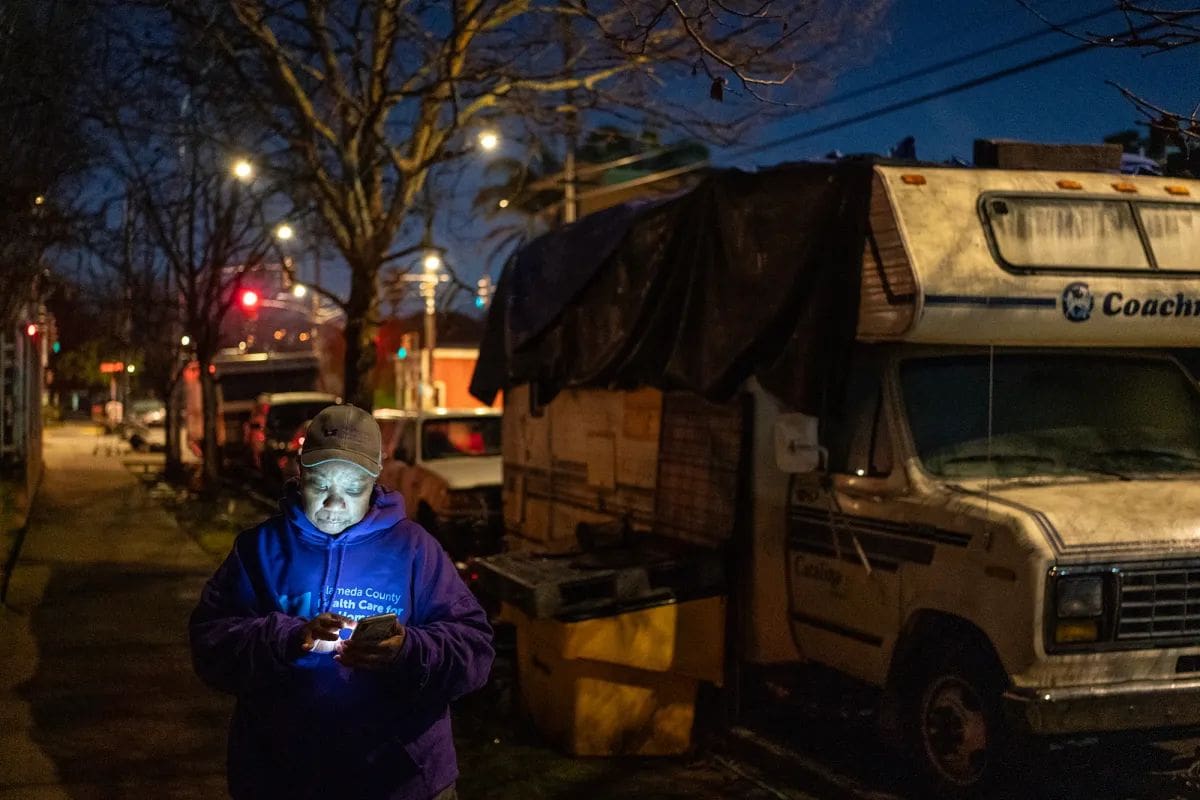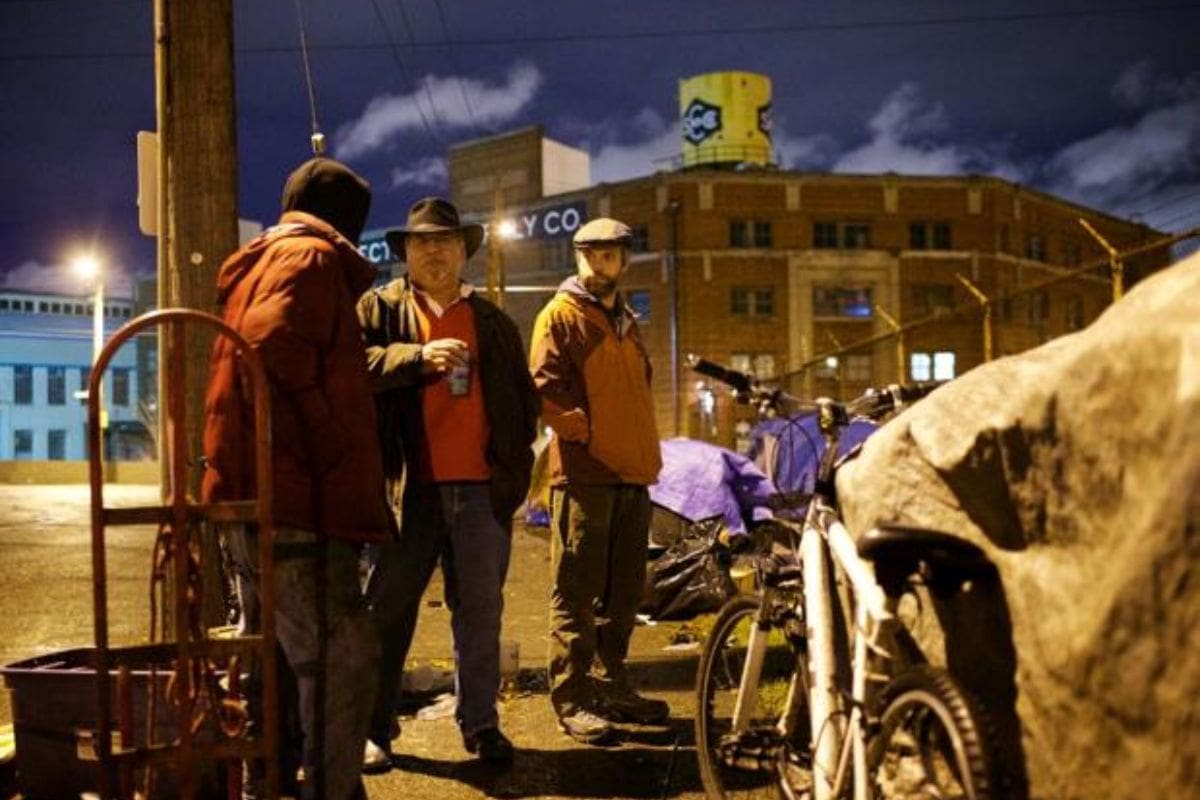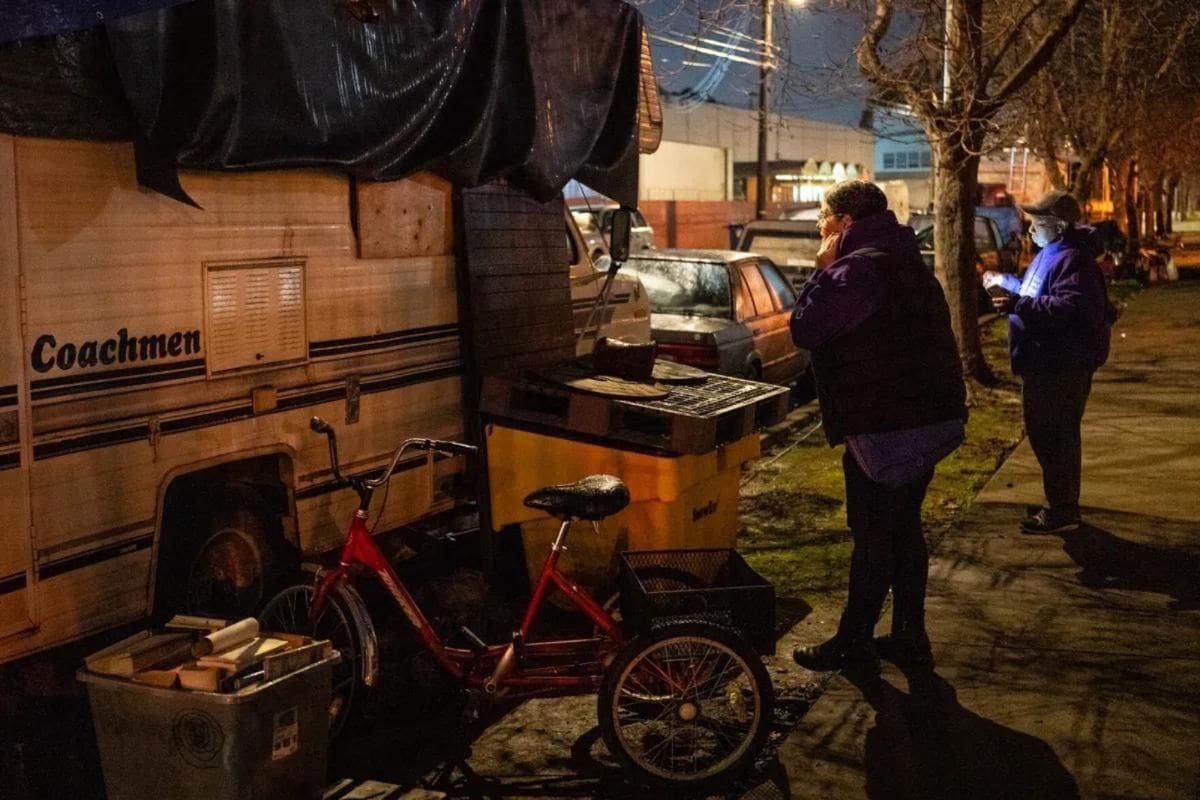California Homelessness Billions Fail: Despite pouring billions into combating the homelessness crisis, California finds itself grappling with a surge that defies conventional solutions. Governor Newsom’s strategic initiatives and legislative actions aimed at curbing this escalating issue have not yielded the intended results.
As the state continues to grapple with the complexities of this enduring challenge, questions surrounding the efficacy of allocated funds and the need for transparent evaluation processes loom large. The intersection of costly services, financial constraints, and policy intricacies presents a multifaceted dilemma that demands a closer examination to uncover the underlying reasons behind the persistent surge in homelessness.

California’s Homelessness Crisis: A Persistent Challenge
California continues to grapple with a persistent challenge in the form of its homelessness crisis, marked by a burgeoning population exceeding 200,000 individuals, despite substantial financial investments aimed at combating the issue. Factors such as soaring housing costs, family breakdowns, mental illness, and drug addiction contribute to the crisis, which has proven resistant to traditional solutions.
The lack of consensus on effective programs and the scattergun approach to funding further exacerbate the challenge, leaving policymakers in a continuous search for viable solutions. The crisis in California stands as the most significant homeless population issue in the nation, with billions of dollars poured into various initiatives to address the problem.
However, the persistence of the crisis suggests a need for deeper analysis and innovative strategies to effectively tackle the root causes of homelessness in the state. As California grapples with this ongoing crisis, the urgency to find sustainable solutions remains paramount to alleviate the suffering of its homeless population.
Governor Newsom’s Initiatives and Legislative Response
Governor Newsom’s recent initiatives and the legislative response reflect a concerted effort to address the complex challenges posed by California’s homelessness crisis. The following actions have been taken:
- Advocacy for Bond Measure: Governor Newsom is pushing for a ballot measure to authorize bonds specifically for mentally ill facilities, signaling a targeted approach to address the needs of this vulnerable population.
- Fund Reallocation Proposal: Newsom has proposed redirecting funds from existing programs towards new initiatives, demonstrating a willingness to reassess priorities in the fight against homelessness.
- Legislative Approval of ‘CARE Courts’: The Legislature has approved the establishment of ‘CARE courts’ with the aim of compelling mentally ill Californians into treatment, potentially providing a legal framework for intervention.
- State Auditor Review: In response to mounting pressure, the Legislature has greenlit a state auditor review to evaluate the effectiveness of current expenditures, indicating a commitment to ensuring accountability and transparency in addressing the homelessness crisis.

Calls for Accountability and Independent Appraisal
Amid the escalating homelessness crisis in California, state Senator Roger Niello and other advocates are calling for an independent appraisal of spending to evaluate the efficiency and impact of existing programs. The push for transparency stems from the recognition of homelessness as California’s most pressing issue, necessitating a thorough review of the effectiveness of current initiatives. The state auditor’s examination seeks to provide clarity on program outcomes and identify areas for improvement to address the surging crisis.
| Benefits of Independent Appraisal | Expected Outcomes |
|---|---|
| Enhanced transparency | Identification of inefficient programs |
| Improved accountability | Recommendations for program enhancements |
| Data-driven decision-making | Increased effectiveness in combating homelessness |
Costly Services and Financial Realities
Senator Roger Niello and advocates are scrutinizing Sacramento’s substantial spending on homelessness, revealing staggering costs for basic services, shedding light on the financial realities and challenges faced in addressing the crisis.
The detailed examination of expenses brings to the forefront the following key points:
- High Costs: Auditor Farishta Ahrary’s findings indicate that maintaining temporary shelters comes at a significant cost of approximately $26,000 per bed annually.
- Fiscal Responsibility: The exorbitant expenses raise questions about the fiscal responsibility of allocating resources effectively to address homelessness while ensuring financial prudence.
- Resource Allocation: The substantial spending on basic services underscores the magnitude of California’s homelessness challenge and the urgent need for efficient resource allocation to tackle the crisis effectively.
- Financial Management: The revelations highlight the importance of prudent financial management strategies to address the complexities associated with providing essential services to the homeless population in California.
Budget Deficits and Policy Dilemmas
The pressing issue of budget deficits and policy dilemmas in California’s approach to addressing homelessness has brought to the forefront complex challenges at the intersection of fiscal responsibility and social welfare imperatives. Governor Newsom’s proposal to cut homelessness spending amidst a multibillion-dollar deficit highlights the tough decisions policymakers face. The fiscal strain not only underscores the state’s financial struggles but also raises questions about the prioritization of resources in tackling homelessness.
California’s budget deficits have magnified the need for strategic allocation of funds to address the homelessness crisis effectively. Balancing the state’s financial health with the urgent need to support vulnerable populations presents a significant policy dilemma. As California grapples with competing demands for limited resources, finding sustainable solutions to homelessness becomes increasingly intricate.
Navigating these challenges requires a nuanced understanding of the economic constraints and social obligations at play. Policymakers must carefully weigh the consequences of budget cuts on homelessness programs against the broader fiscal implications. Ultimately, addressing budget deficits while upholding commitments to social welfare remains a delicate balancing act in California’s fight against homelessness.

Also Read: California I-80 Frozen in Friday Blizzard Weekend Weather Crisis Ahead
News In Brief
California’s Homelessness Crisis Deepens Despite Billions Spent. Governor Newsom’s efforts and legislative actions haven’t curbed the surge. With over 200,000 homeless individuals, solutions remain elusive. An independent review probes spending efficacy. Sacramento’s $26,000 per bed costs raise eyebrows. Budget deficits prompt Newsom’s proposed cuts despite a mounting crisis. Balancing fiscal health and social welfare obligations poses policy dilemmas.

